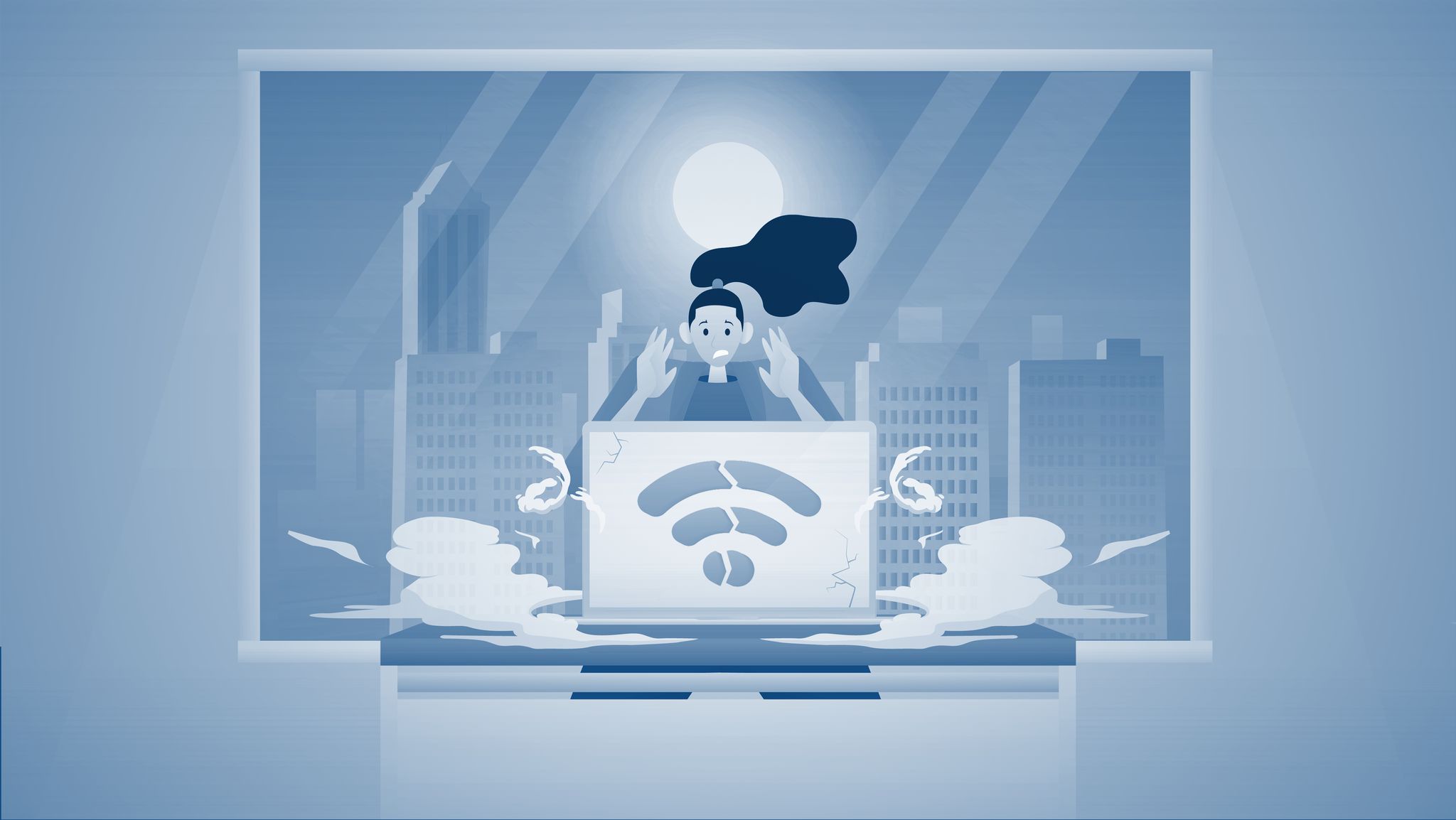When the world went into lockdown back in early 2020, internet service providers were faced with the challenge of providing business quality internet to nearly every home, in every major city on the planet.
This sudden surge of traffic from previously basic connections caused a ripple of worry over the resilience of the networks that keep our modern world running. Internet usage was already sky-rocketing pre-pandemic, and extended lockdowns added to this strain dramatically.
So how did internet service providers rise to this challenge? How did they manage to keep us connected; our zoom calls running, our online shopping orders fulfilled, our favourite shows streaming? Let’s find out!
The Basics
First, the basics: At its core, the internet is a series of connected networks, linked together by physical cables all around the world. No single provider has access to every network, and instead must work together to deliver data from point A to point B.
Internet service providers (ISP) achieve this by utilizing their points of presence (PoP) and internet exchanges to transfer data up and down stream, and by having many PoP’s and exchanges to choose from, ISP’s can maintain optimal routing and provide their users with the high speeds they expect.
These connections exist in a hierarchy, with smaller providers often servicing local areas while larger providers handle the bulk of international traffic. Larger providers — often called Tier 1 providers — work directly with each other to transport large volumes of internet traffic around the globe.
Along with this, Tier 1 providers typically run their physical infrastructure at 50% capacity — meaning they can quickly scale up to meet potential surges in traffic requirements. However, if that surge becomes an ongoing shift in internet usage (as was the case with lockdowns), they needed to explore other options.
1. Increasing network capacity
Immediately following the announcement of lockdowns, many ISP’s have been working collaboratively to identify and remediate any potential choke points and upgrade network capacity to keep up with surging internet traffic.
These upgrades are done in the data centres and other secure network facilities where large internet networks meet in the physical world. By installing additional hardware and connecting it with their peering partners, ISP’s increase the capacity of their networks and support the increasing demand.
2. Regulating bandwidth
With everyone working from home, watching streaming services at all hours of the day, doing all of their shopping online, and basically living their entire lives online, the bandwidth requirements of the pandemic were astronomical.
To stop this surge from breaking down internet services altogether, ISP’s worked closely with streaming providers, gaming companies and governments to throttle bandwidth on select services.
Companies like Netflix, YouTube, Facebook, and the newly launched Disney+, all agreed to cut the picture quality of streamed video to avoid adding to the strain, while Sony, Microsoft, and Valve cut back on updates to video games or restricted them to off-peak hours.
3. Upgrading infrastructure
While ISP’s can directly and rapidly manage their own data centres — increasing capacity through additional hardware and limiting bandwidth to optimise connectivity for all their customers — upgrading the infrastructure of the internet is a much slower and harder process.
As previously mentioned, the backbone of the internet is multiple networks, many running at capacity rates far below the amount they can safely handle. Unlike your car or other machines, your network won’t wear out if you run it at higher capacity for an extended time. This means that performance hasn’t really suffered on a global scale, and Tier 1 and 2 providers are operating as reliably as ever.
The actual drop in performance occurs in “last mile” connections — the final step between an internet exchange and you. At the enterprise level, this “last mile” was often a single high-speed fibre connection that was relatively cheap to upgrade, but when everyone is working from home, the “last mile” is split up into a million tiny connections, and upgrades are much more expensive.
Because of this, upgrades to last mile infrastructure during the pandemic have been quite slow, and most countries instead rely on technological improvements like cloud computing and server-side upgrades to internet capacity to keep their services running.
The need for high-speed internet is not going anywhere however, and every day more and more people are using the internet to run their lives, their homes and their businesses. We might have weathered this surge, but without making the required upgrades to our internet infrastructure, how will we manage the next?



